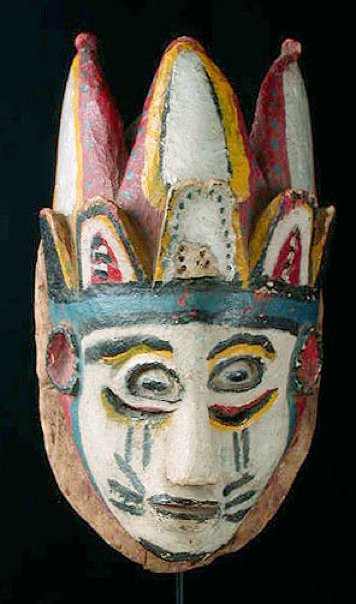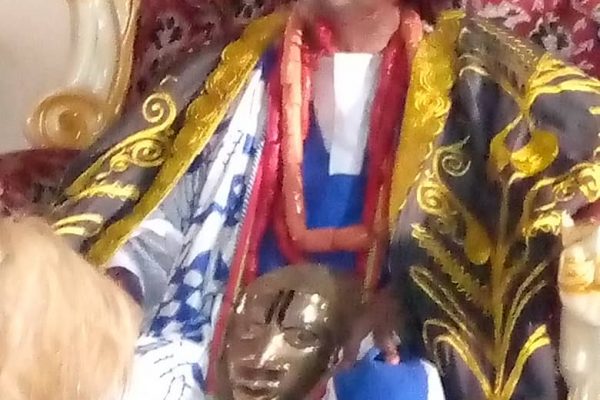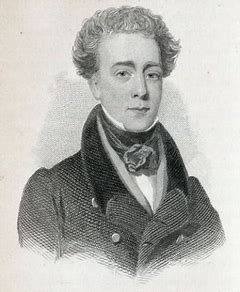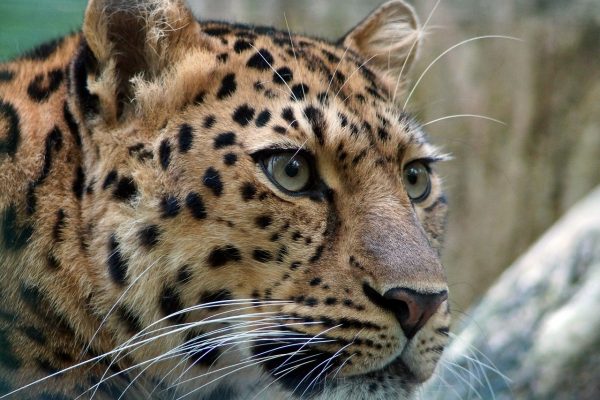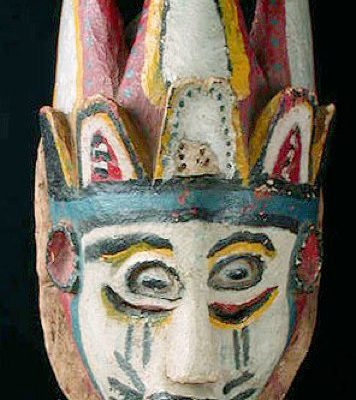Preserving Our Rich Igala Heritage: A Call to Action Igala is the custodian of a remarkable and ancient heritage, and it is heartwarming to witness its endurance throughout the ages. From the dawn of antiquity, through the stone and iron ages, to our contemporary times, Igala heritage has persisted, staunchly resisting the forces seeking to undermine it. These pressures, while man-made, encompass declining literacy in our language, the disappearance of reading and writing materials, and […]
IGALA CROWNS NEW PRIEST-KING
For Prince Matthew Àlájì Ọ̀pàlúwa Ògwùchẹ́, Wednesday, November, 2021, a market day in the ancient town of Idah (Ídá), was an unforgettable milestone in his life, being the day he was installed the 27th Ata-Igala of the ruling Third Dynasty. A descendant of the Àámẹ-achọ Ruling House, Àlájì had, nine days earlier, commenced his pre-coronation rites at Ugwọlawo in Òfù LGA. On that day, he was conferred the preliminary Aidoko-anya title. In his signature post-installation […]
Anecdotes From the Archives
The British Government, in 1838, passed an Act of Parliament aimed at abolishing Slave Trade in Africa. For that purpose, a steam-boat, named ‘Albert,’ was fitted for the voyage; and it set sail in 1841 under the Command of Captain H. D. Trotter. Other Commissioners were Captain William Allen, who was on the previous 1832 Richard Lander-led expedition, Captain T. R. H. Thompson, M.D. Surgeon, both of the Royal Navy. Rev. (later, Bishop) Samuel Ajayi Crowther […]
Leader of Leopard Community
Àbùtù Ẹ̀jẹ̀, a prominent historical figure in Igala history, was thought to be Jukun or Àpá; but modern research have found, to the contrary, that he was a bona fide Igala with outstanding credentials that elicited nothing but respect, fear and admiration for him, his descendants and the entire Igala race.
Culture: Feast of the First Fruits
Since ancient times, the Igala race have routinely offered the ‘First Fruits’ of their farm-work as a sacrifice to their ancestors during the Égwú Festival. Similarly, the ancient Greek, Roman and Hebrew were known to present, through a priest, the ‘First Fruits’ of their agricultural yields. This practice underscores their commitment to ancestor veneration as a cardinal principle of the Igala Traditional Religion (ITR), which the call Ògwùchẹ́kwọ̀.

